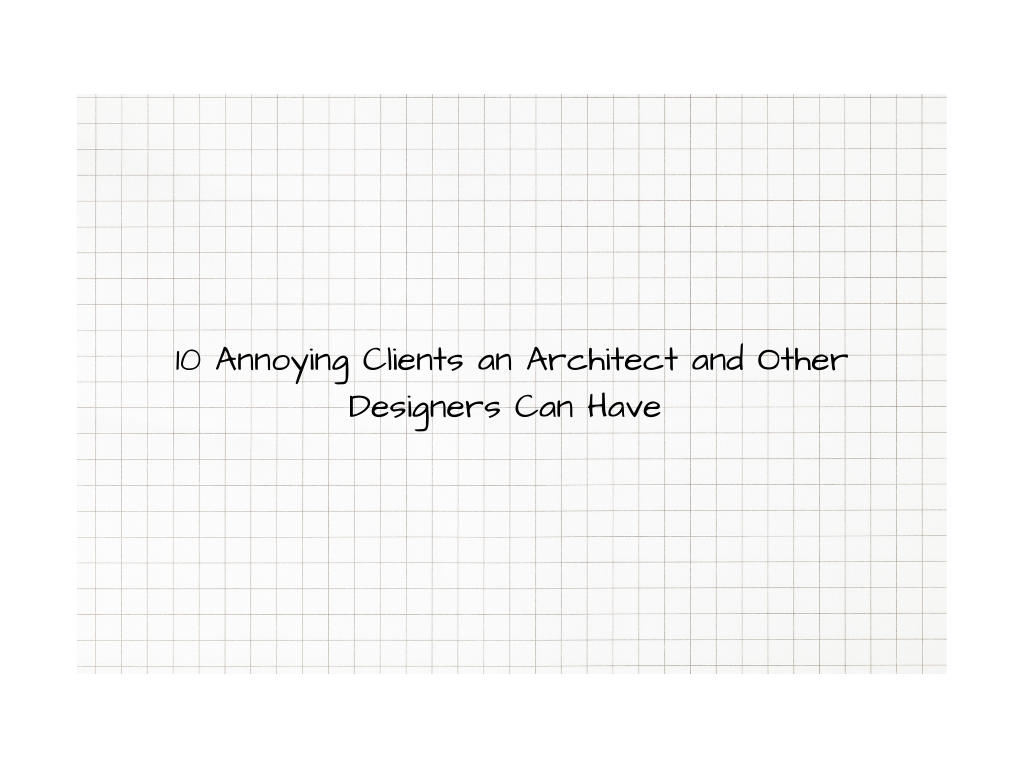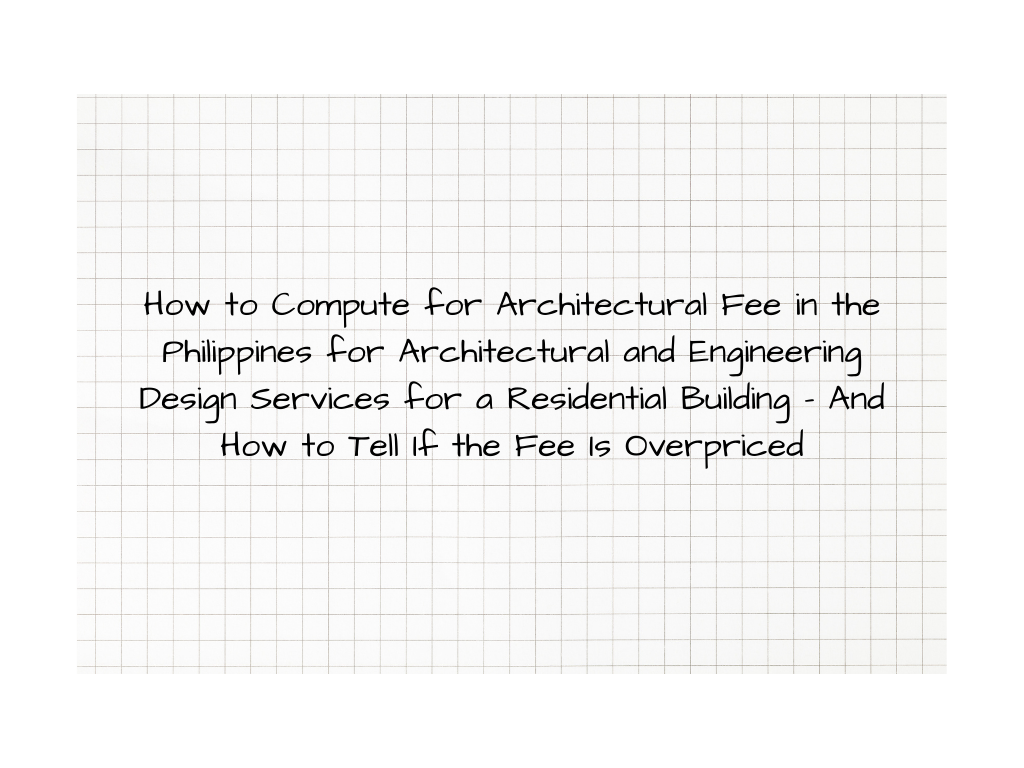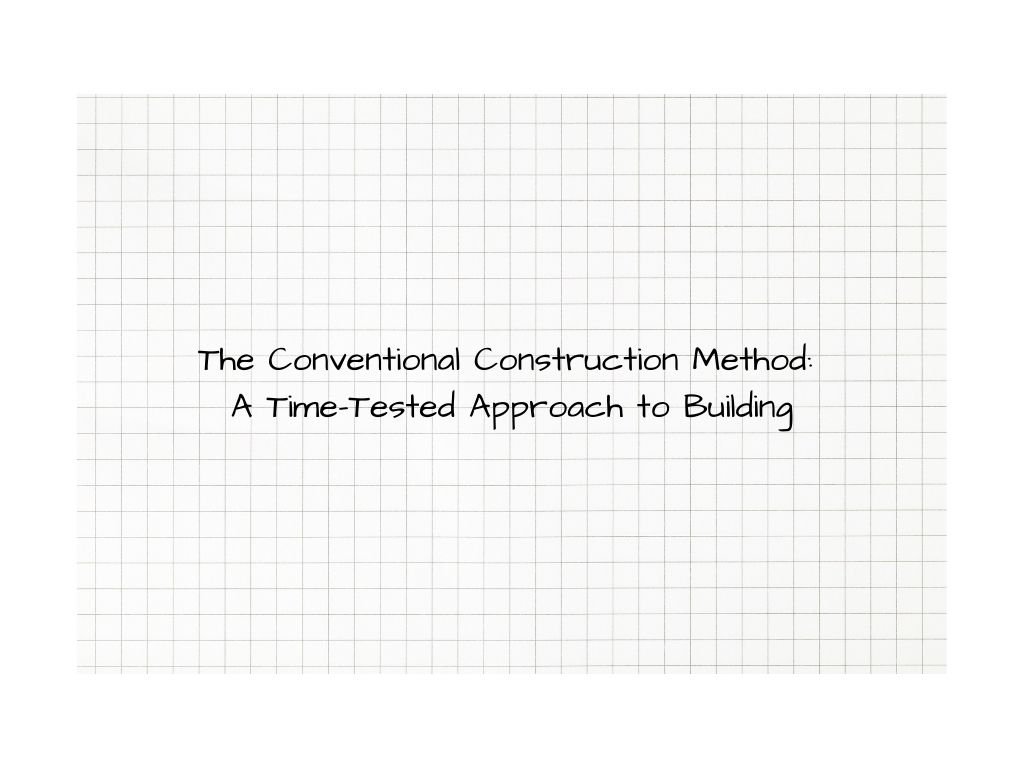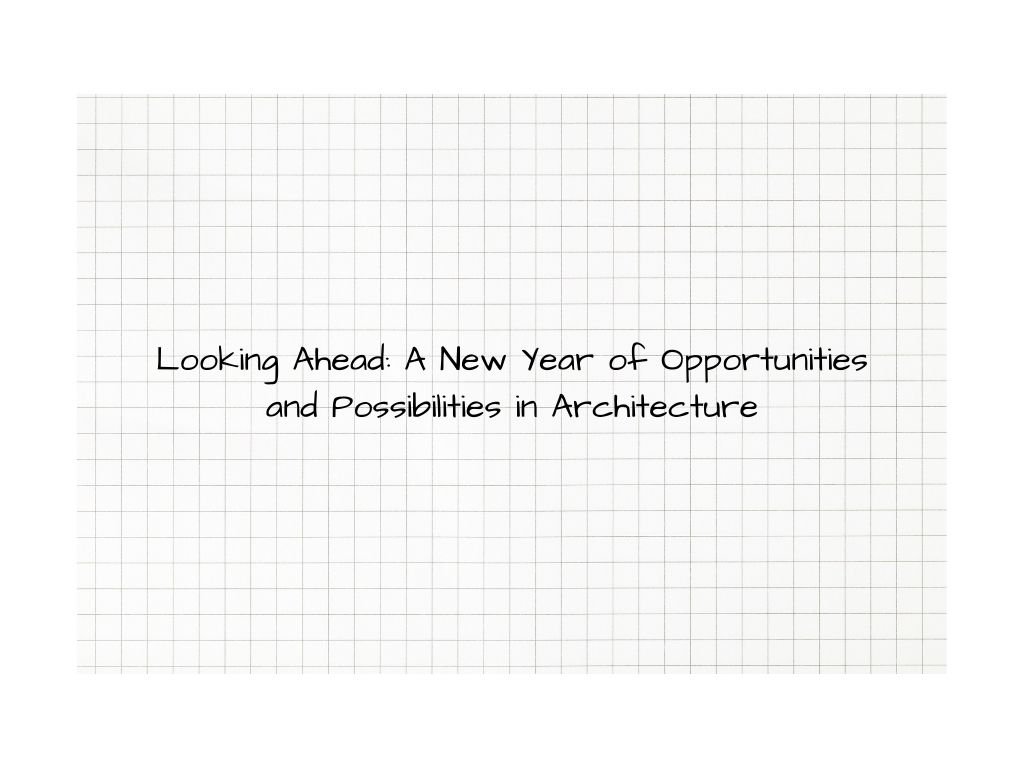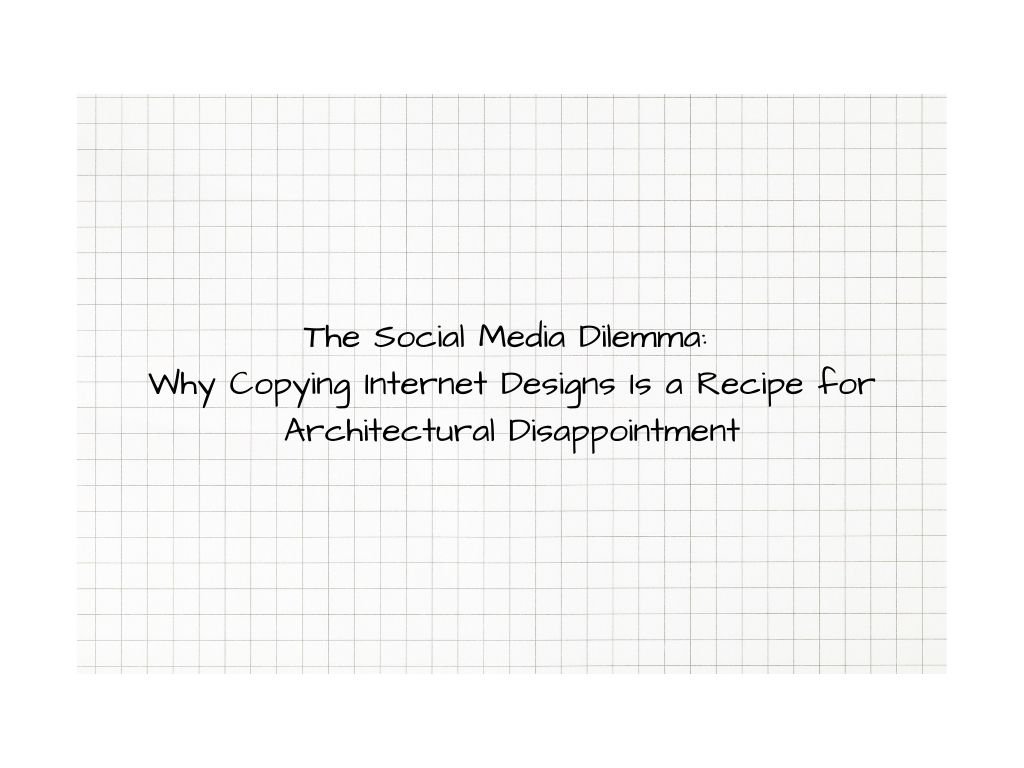Being the architect is very exciting and involves working with many people, each with their own unique characters, taste, and expectations. Almost all the time, a majority of them are the best but on rare occasions, you may come across some who will try your patience. The design process (s) call for openness, honesty, and understanding with each other, and being on the same page both ways. To add to this, there is no client, who could or would not inadvertently make the process complex.
Having had experience with clients from different walks of life during my practice, I have had the chance to be associated with some of these well-known characters that make the life of an architect or designer not as straight forward as I would have preferred. Therefore, here is a comical yet real description of 10 “irritating” customer types that every architect and designer can get along with and some advice on how to deal with them.
1. The Micromanager
This person is very particular about every color switch, hinge location, window opening angle, and many more insignificant details of the design process. While it is pivotal for the client to be in the project, micromanagers take it to the extreme and hinder the design process.
2. The “I Know Better” Client
This type of a client is misguided and makes suggestions that are inconsistent with the best practices. They may be those who look up online trends or else stick to an already existing design style and expect you to copycat exactly what the internet handed down “for free.”
3. The “It’s Too Expensive” Client
This buyer is quite often thinking in terms of money every time and expects you to design for a budget that is nowhere near the real want. The thing is that they often try to push the expenses lower on a list and accidentally make you pay for some expensive elements they would include at no extra charges.
4. The “I Want Everything” Client
They may be those who want a little bit of everything in their design, even if it means mixing modern, classic, minimalist, and maximalist – all of them at once. What comes out is a design that is neither here nor there and it is often a plethora of conflicting ideas that do not work together smoothly.
5. The Non-Decision Maker
Besides that, they are the kind of people who are either indecisive or avoid making decisions thus prolonging the project. They are usually indecisive, uncertain, or they need to be heard by others (like a spouse, board, or committee) before they approve a decision.
6. The “Do It Again” Client
These kinds of clients can be a pain in the neck as they always come back, after you have worked on their assignment, asking for a revision even after they have received quite a lot of feedback. The other party might have said, “I don’t know but will recognize it when I see it,” thus, impairing the process.
7. The Ghost Client
This kind of client is one who leaves and comes back after some time, it is like magic, they are back with urgent requests or inquiries. The situation stays the same, where the project timeline gets a delay, and when a solid piece of feedback is necessary then it becomes awfully difficult to get it.
8. The “I Saw It on Pinterest” Client
This kind of client is the one who constantly will drop you with screenshots and images of different designs from Pinterest, Instagram, and other design sites, mostly not taking into account the feasibility or practicality of these ideas. And it is not that they want you to replicate the images exactly as they are, they expect you to.
9. The “Hurry Up!” Client
Some clients are always running when it comes to the design project and they are the ones who would want it to go faster than what is possible. They may force you to accelerate design phases, requiring quick turn-around times and, in turn, neglecting the quality and thoughtfulness of the design.
10. The “Problematic Project” Client (Due to Hiring Unqualified Professionals)
A problematic client is a most annoying type for you as a client, especially when he/she is the one who turns to you with a job that has already been started by some unskilled or unprofessional person and thus the result is a multitude of structural or design problems. Be it a tenderfoot contract worker, an economizing designer, or a person who was not well-informed when taking decisions, the client now expects you as if that was easy to simply repair each and every detail without having seen the big picture of what should be corrected.
Final Thoughts
Ultimately, each project has its own difficulties, and neither client nor design process can always be deemed as perfect. If you’re one of the “annoying” clients types I’ve talked about, here’s some friendly advice; please do trust your professional designer! The many years we’ve had in mastering as well as in overseeing projects and fitting together a design are how we came into the business.
When you decide to consult an architect or a designer it means you are pleased with our skills, and thus, the mutual trust becomes the basis of an excellent cooperation. As a team, the only purpose that we are here for is not just to accomplish a list of wishes, but also we are here to make your vision a reality and in the meantime to hold your hand through the complexities which are inevitable when we create something which is not only functional, beautiful but also long-lasting.
Hence, the next time you are in doubt, or unable to make a decision, rely on us. Let us deal with the details, give you advice in tough times, and then hand over something that you will be thrilled about. In the end you chose us because we have the training to turn your concept into a reality—and we will make sure that the final layout incorporates both your needs and our professional competence.
Remember, design doesn’t mean merely visual beauty—it’s about producing what shall be useful and consistent with the budget and the space you have. You should believe in us by delegating the most challenging task, and together with the joy of the process, we will come to the desired success. We’re going to make it happen!
